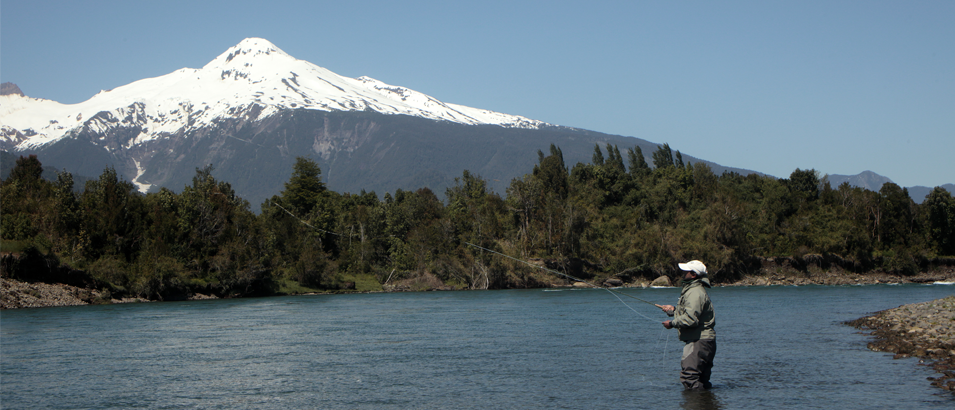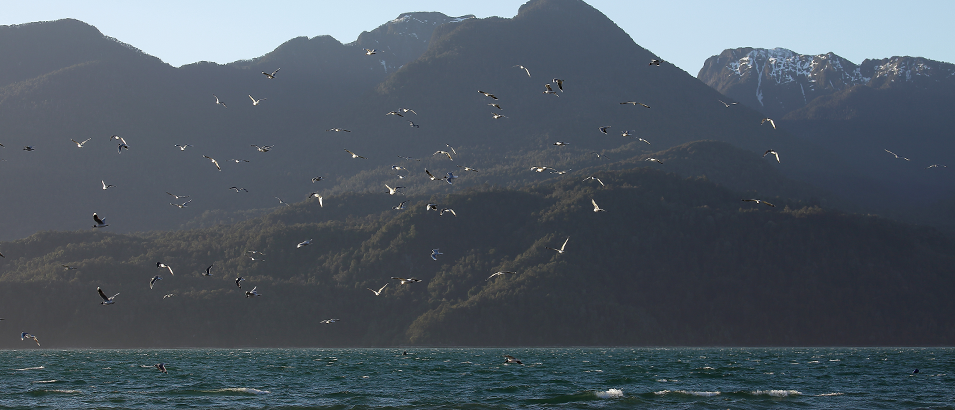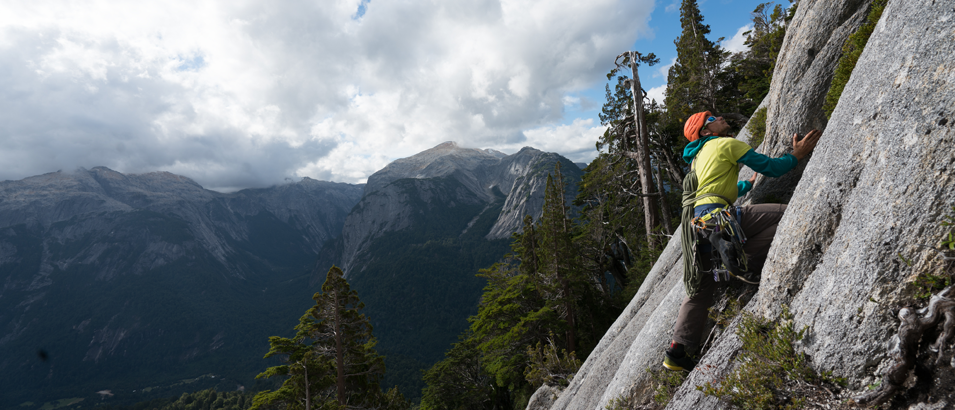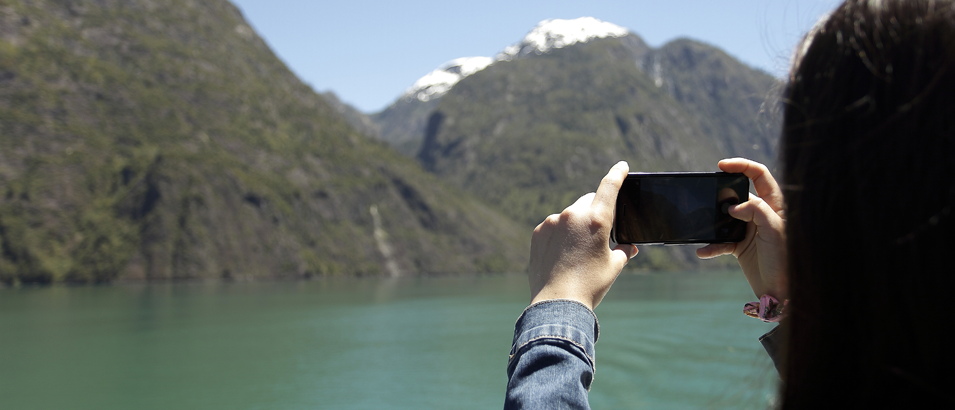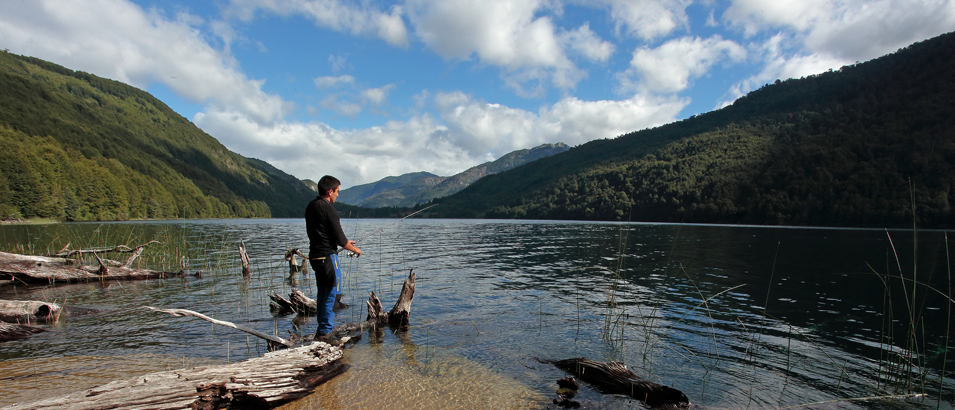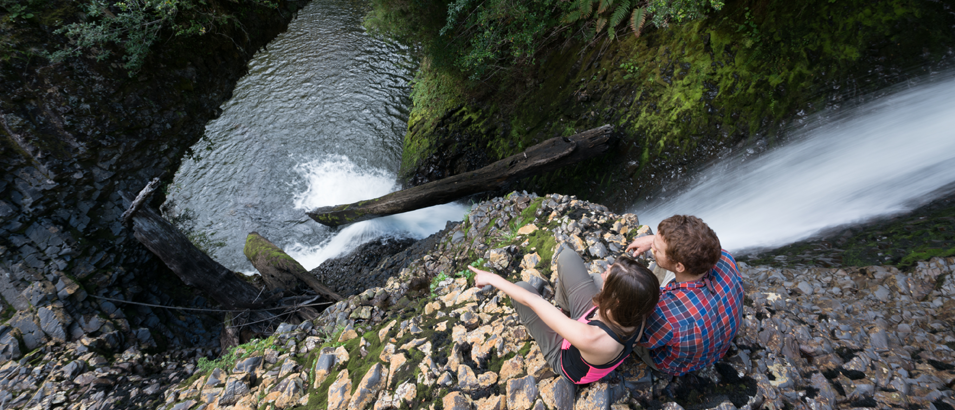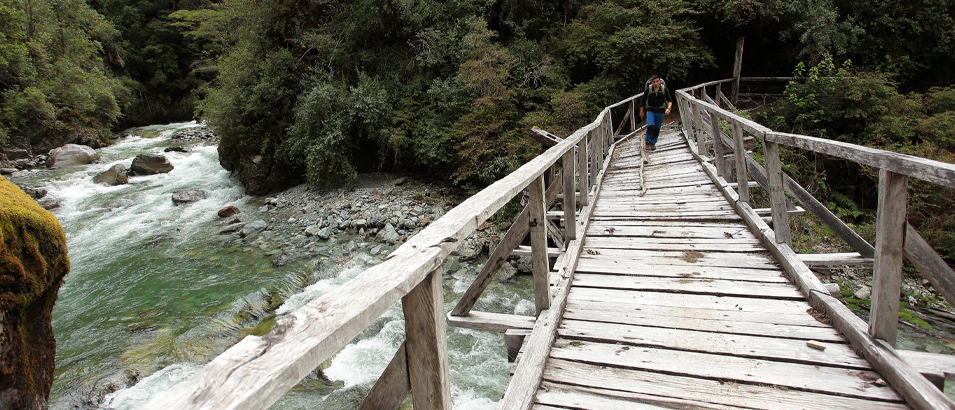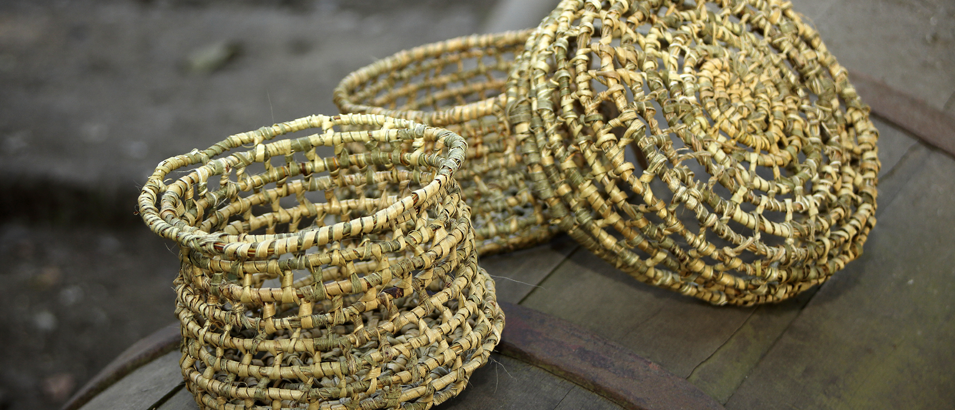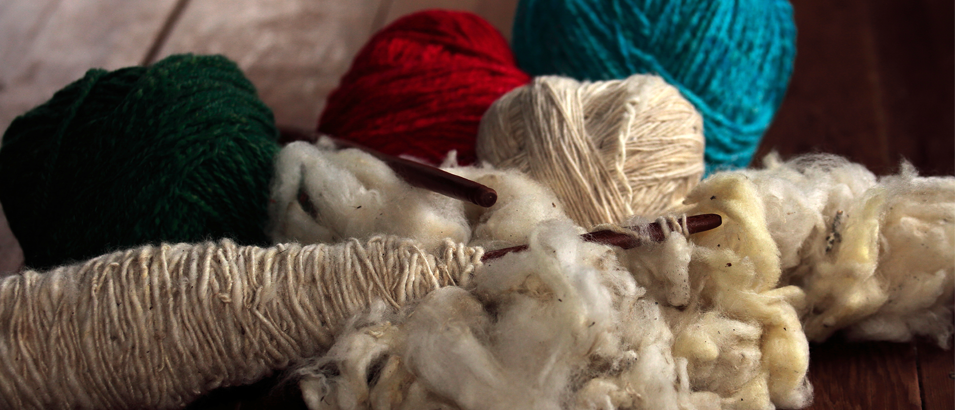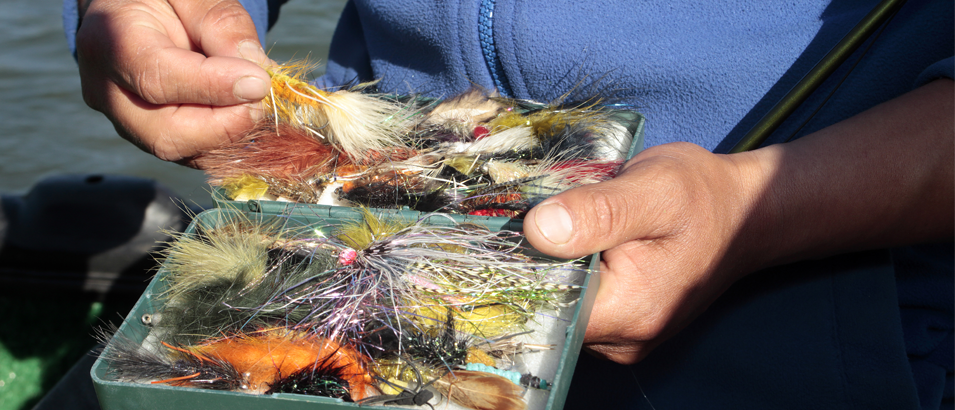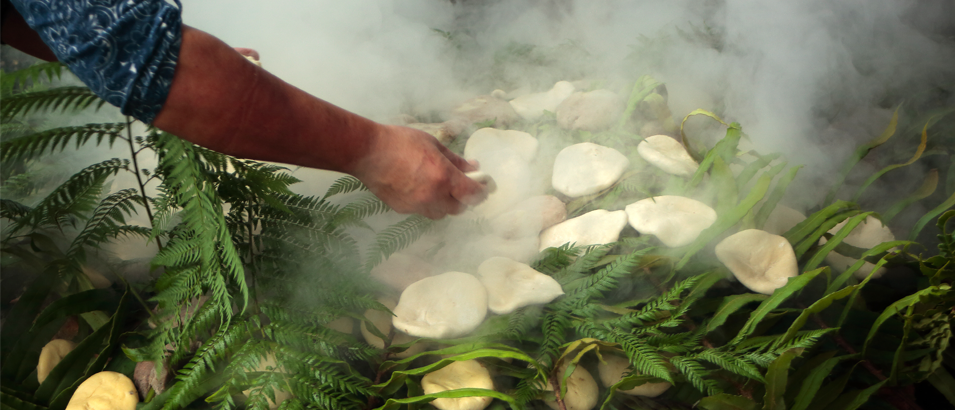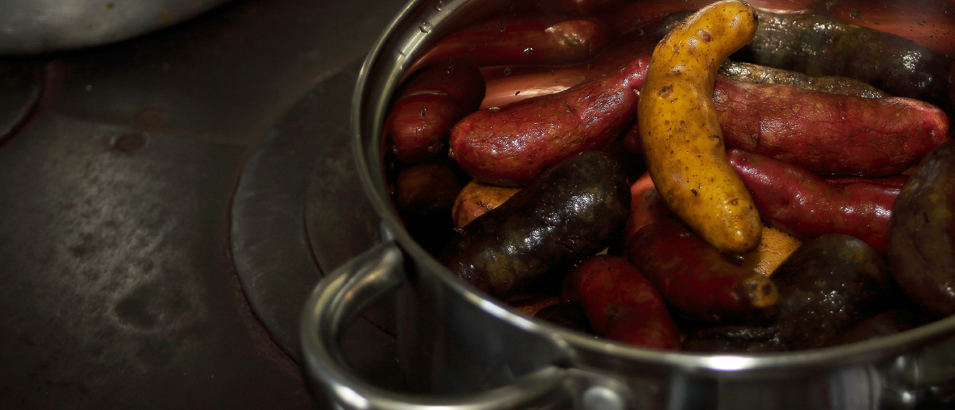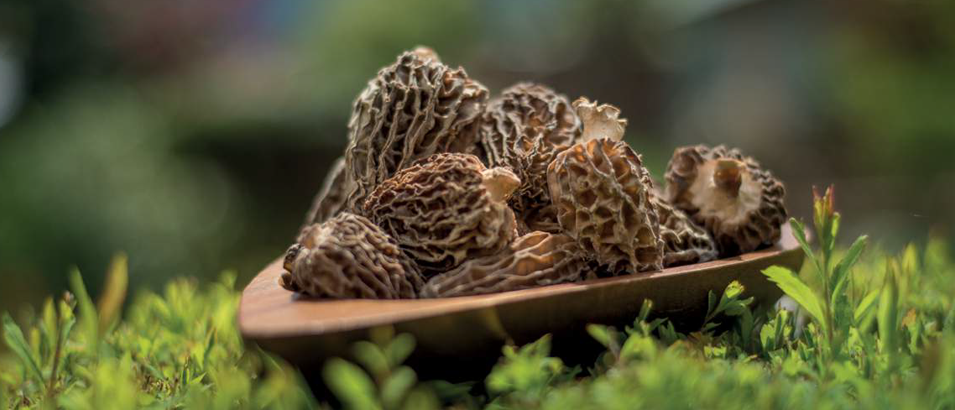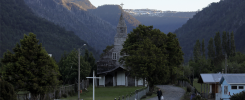
Places to see
The Reloncaví Estuary is one of the main attractions of the commune. The areas of El Bosque, La Lobada, Pucheguín and Cascajal offer some of the best views of the estuary. Above it rises the Yates Volcano, by whose feet meanders the Puelo River, a favorite place for recreational fishing and nature lovers. Also, for the fishermen, Llaguepe offers the perfect conditions, as well as for sailing and for the sighting of birds, dolphins, and sea lions.
In the La Junta area, inside the Cochamó Valley, large granite walls rise, preferred by national and foreign climbers, and compared to those of the Yosemite National Park in North America. Several lakes, sometimes hidden in the mountain range, are part of the beautiful landscape of the commune of Cochamó; The Tagua-Tagua, the Blue Lake, with its waters of a deep color, and the Lake Vidal Gormaz, guarded by larches. You can visit on foot or on horseback, and during the journey with a bit of luck you can spot huemules, pudúes, pumas or condors and also the exotic wild boar.
The glaciers of the commune such as La Paloma, in Valle de Cochamó, El Escondido in Valle del Frio, El Toro in Valle Ventisqueros or El Logrado in Las Horquetas, speak of the last glaciation that covered these lands. To rest from a long day, the hotsprings of Sotomó offer warm waters and beautiful landscapes. The Torrentoso River, wades by the ancient Tehuelches pictographs, and runs close to El Manso International Pass. This can also be reached from Cochamó through the route of El Arco, famous stone formation crossed by a waterfall, and through the area of Paso El León, famous for being the path of the first settlers and cattle merchants of the region. do’s house. If you are in the area, do not miss the opportunity to visit.
Cochamó Valley
Only one day from Puerto Montt, it is possible to enter the deep Valdivian jungle from which granite walls rise. A multitude of estuaries and rivers nourish this unique landscape. In its rock climbers, hikers and sport fishermen coincide.
El Salto Waterfall
This beautiful waterfall is in Llanada Grande. You can access it through Mrs. Vila Delgado’s house. If you are in the area, do not miss the opportunity to visit.

People to meet
The Muleteers and their horseback riding linked to the colonizing tradition are an adventure that invites you to walk the paths that take you across the Cochamó valley, learning the secrets of the Baqueanos (traditional experts of the outdoors) and their knowledge about the mountain range. In Llanada Grande join the Collectors of wild fruits and morcella and discover the corners of its generous lands.
On the way, you can also visit the Leather Craftsmen, traditional work linked to the horse. You will be able to see the different garments and tools that are made with it, and its use in the field work. In Río Puelo, do not miss visiting the Beekeepers, learn about their work and see the colorful beehives.
An unforgettable experience is to visit the Traditional Fishermen and learn about the “al pinche” fishing or the history of the Scuba Divers. When traveling with family try the traditional games like “Truco”, the “sortija” game or the musical chair on horseback. It is an invitation to delve into the cultural richness associated to games, participating in the recreational and cultural traditions of this commune.
The Wood Craftsmen, Plowmen, Shingles Artisans and Shore Carpenters, speak of a wood tradition rooted in this land. Essential has been the work of the Weavers, find out about their textile tradition and their looms, they can also tell you stories of the former Midwives who received so many neighbors, the Medicine Women who have healed many, or the Seamstresses, all of them part of the local history.
What to try
In Cochamó an inevitable dish is the chicken casserole with dough noodles, all the families prepare it and the cochamoninos long for it when they are far away. Of course, the curanto and the pulmay are a must. As in all of Patagonia the roast on a spit cannot be missed, just like the casserole with “luche”. The Mella is made of wheat, soaked, and spread until little stems sprout which are then ground to make flour. With it the dough is prepared to make sweet empanadas. And to sweeten the tooth, the honey of ulmo is a speciality of the area. You can also enjoy a rich “chicha de miel” from Lulin, or Lagrimilla, which are the last drops of apple cider.
Morchella
The morchella is one of the edible species of mushrooms that grow in Andean Patagonia and has a high gastronomic value. They are difficult to find so the expert sight of a Collector is essential. In Cochamó you can try it in empandas, ceviches and sauces.
